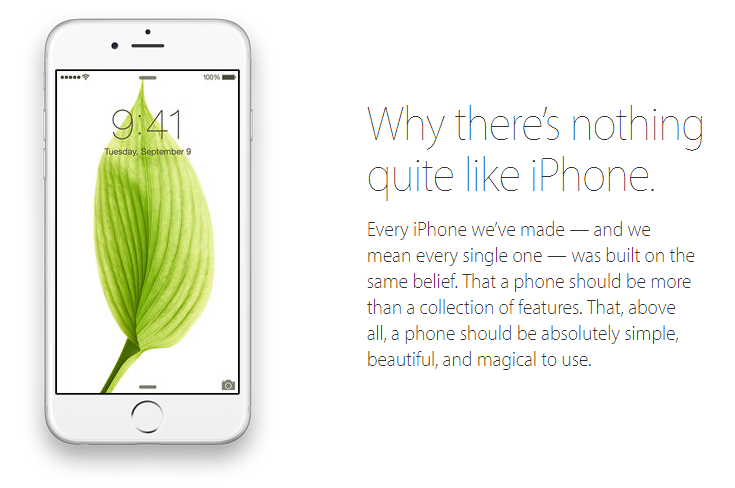When it comes to developing marketing messages to promote and capture your target audience’s attention, the value proposition is probably the most critical element of your overall marketing communications strategy.
Many companies mistake the value proposition for a mission statement, an elevator pitch, a marketing message or a tagline, all of which are guided by the value proposition and follow through on its initial promise but are not the same thing. A Value Proposition is much more.
A value proposition is a positioning statement that speaks directly to a specific target audience to explain what benefits you have to offer, the pain points that you address and ultimately sets out why they should do business with you as opposed to your competitors.
Therefore, the key to developing a great value proposition is to first understand what the customer wants, needs and desires and then to clearly explain how you can solve, provide and stand out from the competition. It should encapsulate the overall value that the target audience will experience, going beyond the mere product or service that is being delivered but outlining the potential customer perceives to be of value.
Writing a value proposition starts with the customer and an understanding of their needs. Each customer group may have a different value proposition to highlight specific benefits that are most relevant to them. Conducting a Value Proposition Workshop is a great way of developing the right positioning statement with the right target audience in mind. This will ultimately help you to understand your target audience and develop a statement that resonates and speaks to them rather than delivering something that you think sounds good.
The success of any value proposition is ultimately whether the benefits you provide outweigh the cost to the customer. The aim is to maximise the benefits that customers value most. By brainstorming your target audience, you can then identify the key benefits, solutions and differentiators that your product or service has to offer that directly addresses the target audience’s pains and provides distinct gains.
It’s not just all about the benefits. You also need to identify how and why a prospect should choose you over the alternatives? What makes buying from you better, more valuable, unique? The more differentiating, the better.
So now that you know how your company stands out from the crowd, how it solves your prospect pains and have a list of benefits that they can realise from dealing with your company or availing of your products and services, what do you do next?
Based on the outcomes of the value proposition workshop, you need to condense all your benefits, solutions, unique selling points from the customer’s point of view (not your own!) into a single sentence, phrase or short paragraph. It needs to be short and to the point. If you can’t explain it simply, then you have an underlying problem with your positioning.
Here are some examples of companies that have great Value Proposition statements that are clear, concise and explain exactly what benefits you get from using their product or service:
Unbounce’s value proposition is abundantly clear from the moment you arrive on the homepage, clearly identifying who its target audience is and what they can do for marketers.
iPhone has done a fabulous job of differentiating their products from others in the marketplace by using aspirational language that is simple and easy to relate to. While all phones are ultimately a collection of features, they go further to say that their phones are simple, beautiful and magical to use. I mean, who doesn’t want a bit of magic in their lives?
Uber couldn’t have explained their unique selling points in a more clear and simple way. You can quickly understand what the service is and how it works.
The value proposition is the most powerful asset that you will develop and should be the first key message presented on all customer touch points such as website, presentations, brochures etc. It is the framework for how the business aligns its activities and output with its target audience’s needs.
Without this alignment, you may be talking to prospects and customers in ways that lead to misunderstanding or even alienation – and if people don’t understand or feel misunderstood, they simply don’t buy!



